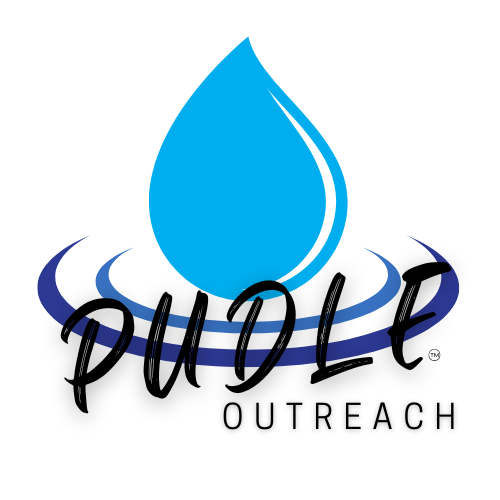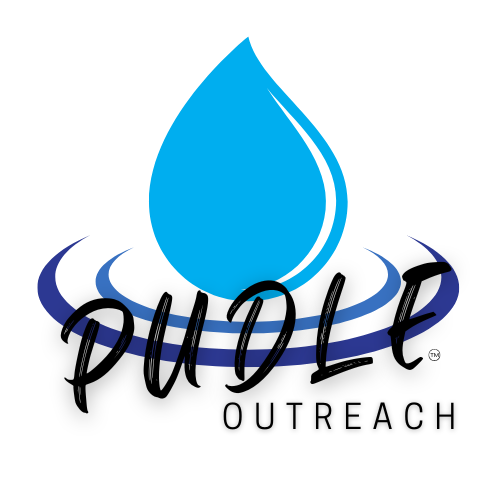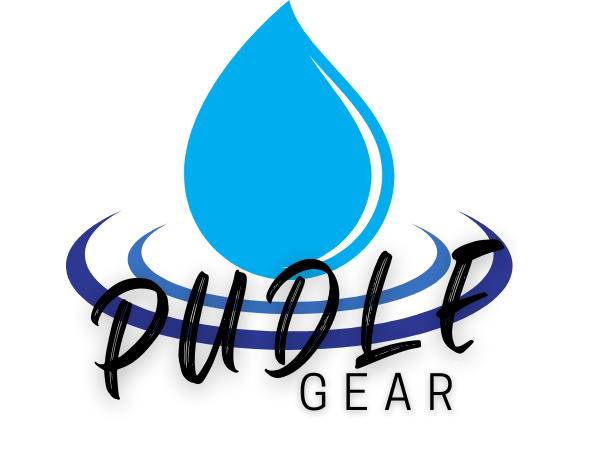Nanotechnology: Tiny Tools for Big Water Problems!

Welcome to the future of clean water, Defenders!
Today, my trusty sidekick Chito-Crab and I are showing you how nanotechnology — tiny science — is making a BIG difference in stormwater treatment and clean water solutions!
What is Nanotechnology?
Nanotechnology means working with materials that are incredibly tiny — one billionth of a meter small!
At this size, materials behave differently — pollutants can be very toxic at low levels and very difficult to get out of water.
The pollutants are small but the words are BIG! - see our Glossary of Terms.
How Nanotechnology Helps Clean StormWater
Enhanced Sorption and Flocculation:
To remove nano-sized pollutants it often requires chemistry and leveraging the pollutants ionic charge to get them to stick together to be large enough to be filtered out.
Flocculation and
chelation are processes that use
polymers and electric current to pull metals and other little nasties out of the water.
Improved Media Filtration:
Special media such as
nanomembranes, ion exchange media, biochar and
activated carbon act like super-smart filters, letting water pass through but binding tiny contaminants.
Advanced Disinfection:
Ozone
and Ultraviolet Radiation are sometimes used in stormwater to can kill harmful bacteria and keep water safe to swim in and fish from!
Targeted Contaminant Removal:
Many of the pollutants targeted at the nanogram level are carpooling a ride downstream on tiny particles in stormwater. These pollutants include metals like
mercury and
copper,
PFAS,
6PPD
and
PCBs.
Monitoring and Detection:
These tiny pollutants can hide in a lot of places! It takes stormwater supertechs to constantly monitor the treatment to make sure the chemistry and filtration media are working together to root them out.
Chito-crabs are super-powered stormwater labs —
Small enough to fit in a droplet!
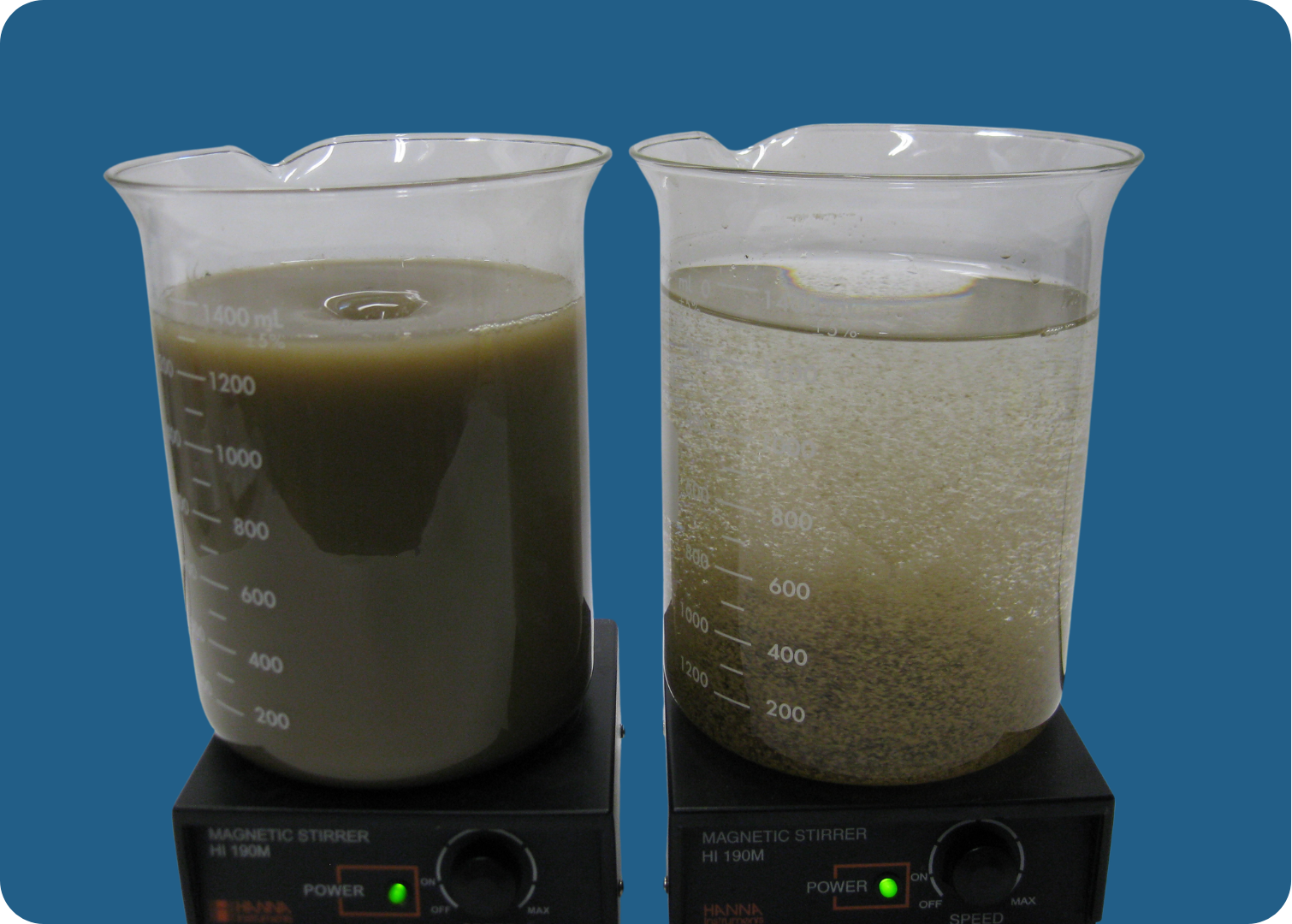
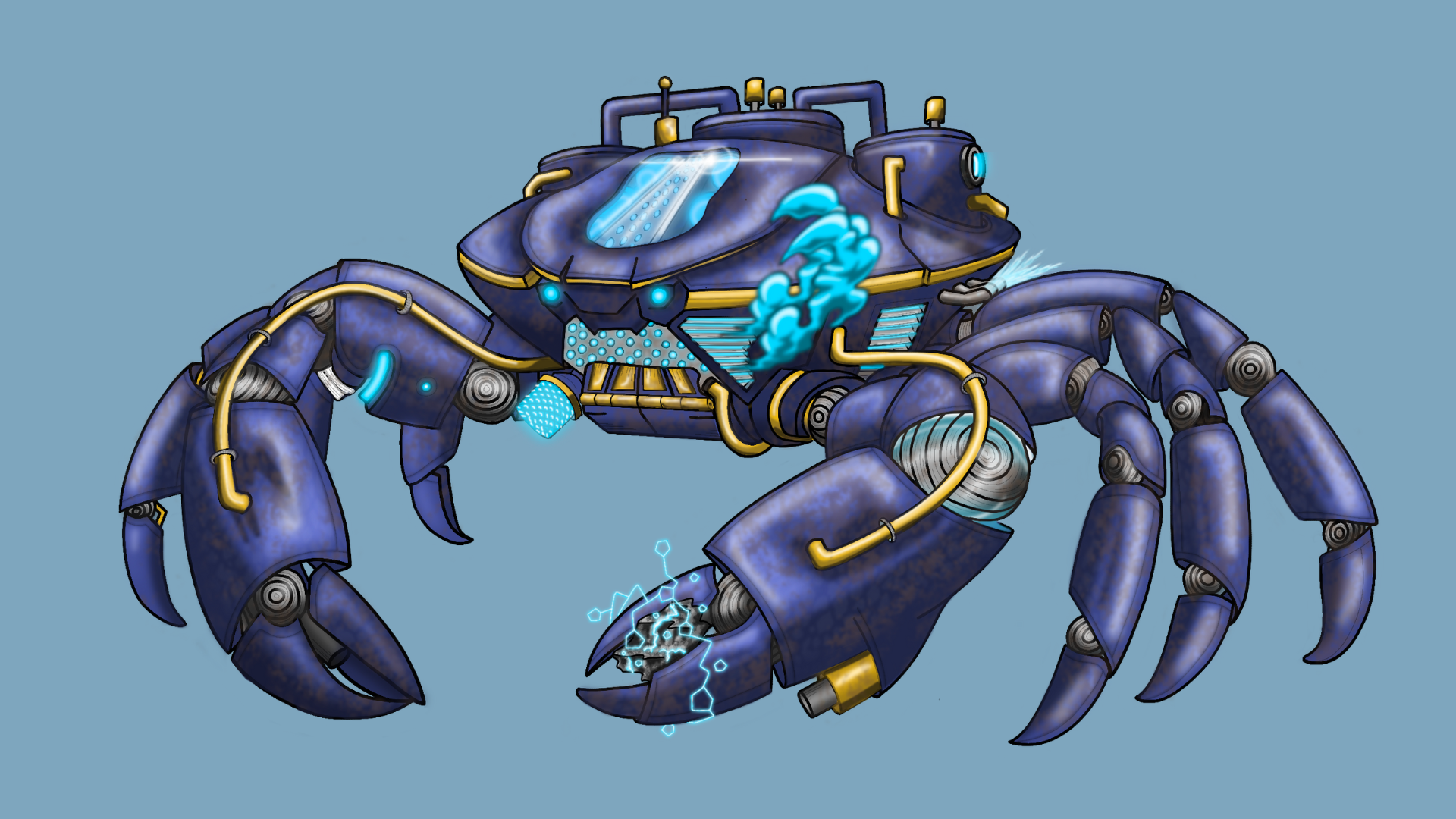
Putting Nanotechnology in Action in StormWater Treatment
Treating stormwater can be challenging because we don't control how long and fast it rains, and site conditions can keep changing. We have to be on our toes to keep everything flowing clean. At times we can apply low energy solutions, but other times we have to clean and move the water very quickly.
Active Treatment Systems (ATS):
ATS systems move and treat water with pumps, filters, hoses and an often a combination of polymers and media. These systems can clean and move water really fast!
Passive Treatment Systems (PTS):
Instead of a lot of equipment pushing water through a system, PTS use gravity to do the work. Often polymers are added and pollutants settle out in ponds, tanks and other storage devices before being filtered through sand or vegetation.
Green Stormwater Infrastructure (GSI):
Nature has capability of removing pollutants. Plants do
biological uptake and many soils have pollutant trapping capability. Chito-Crabs also have a bunch of helper with the good
microbes in
bioretention medias to eat the pollution and keep it out of our waters.
Benefits of Using Nanotechnology
in StormwaTer Treatment
- Cleaner, safer water to swim in and fish from
- Faster and more efficient water cleaning
- Helps gravity do its job - faster!
- Measurable water quality improvement
- Brings high-quality water treatment to more communities!
Considerations and Future Directions
While nanotechnology is awesome, scientists are still working hard to:
- Make sure all engineered materials are safe for people and the environment.
- Lower costs and making treatment affordable for everyone.
- Combining treatment with traditional systems for the best results.
- Discover new materials that clean water even better!
🔬 "Focusing small - gets big results!" says Chito-Man.
Why This Matters for
Stormwater Defenders Like You
"If we want to protect Watershed City — and the world — we need to use the best science we have.
Nanotechnology gives us tools that can trap invisible threats and keep our water clean for future generations. And who better to use tiny tech to fight pollution... than a micro-sized superhero like me?"

